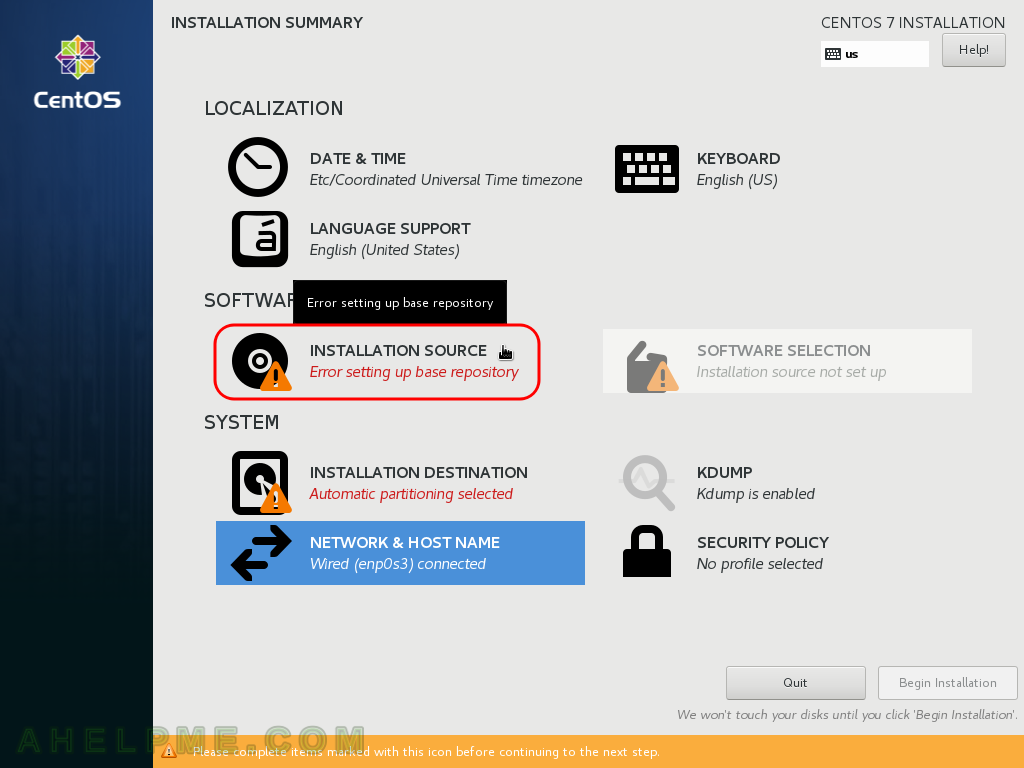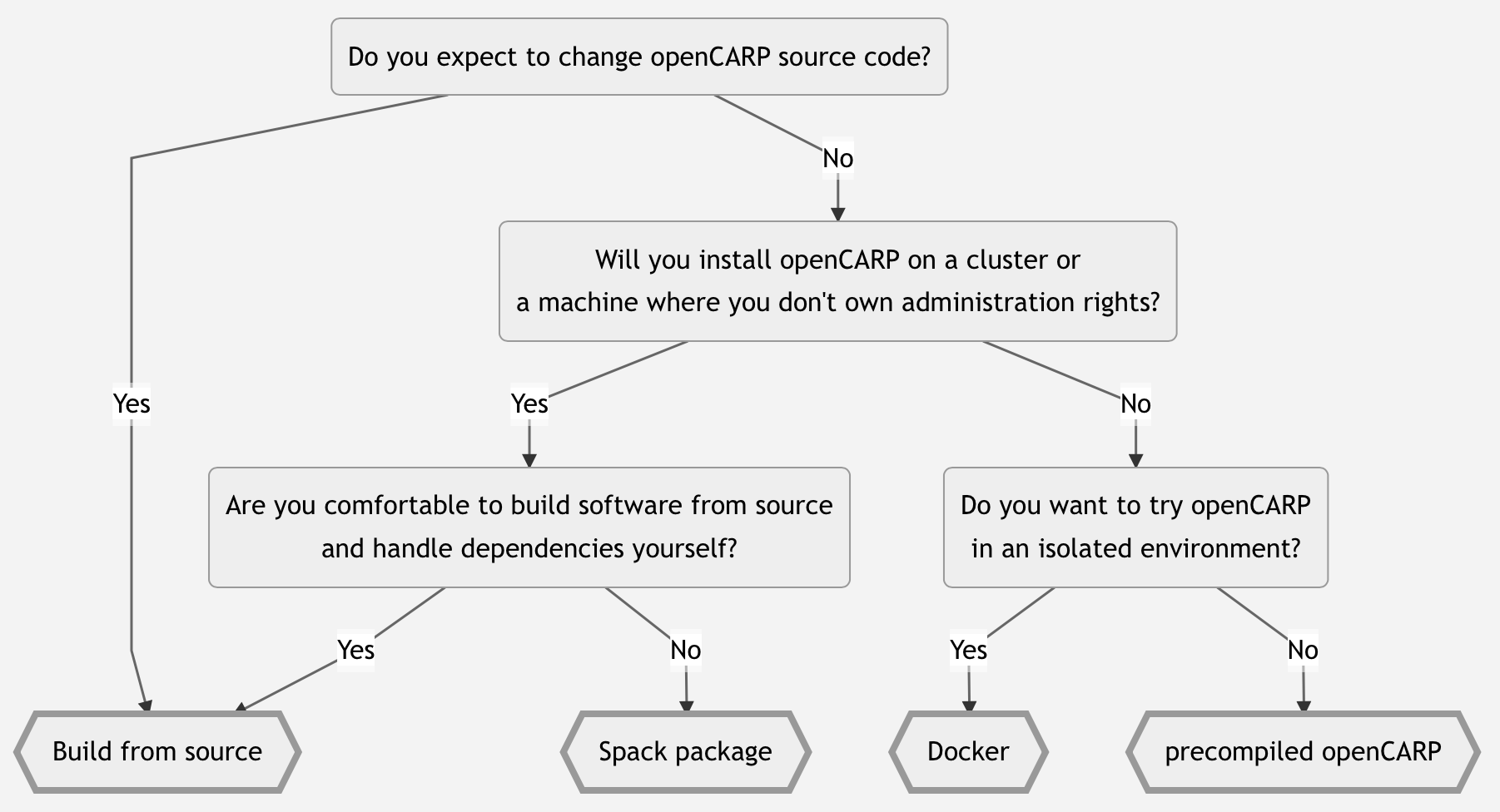

- #Centos 7 install gfortran how to#
- #Centos 7 install gfortran password#
- #Centos 7 install gfortran free#
Completed Query WindowĬlick on Visualization to configure Graph. Select Visualization type from the drop-down menu. Select “Group”, “Host”, “Application”, “Item” from drop-down menu. Grafana Home Step 10 – Create a DashboardĬlick on “New dashboard ” to create.
#Centos 7 install gfortran password#
Under HTTP modify URL, add Zabbix Server User Name and Password under Zabbix API details: Enable Trends. Next, you should see the configuration page. You should see various kind of data sources. Step 9 – Configure Zabbix PluginĬlick on “Add data Source.” Click Add Data Source from DashBoard The dashboard should show that the Zabbix plugin is up to date.

Refresh Grafana Dashboard to see Zabbix plugin. To Install Zabbix plugin run following command: grafana-cli plugins install alexanderzobnin-zabbix-appĭefault plugin installation directory is /var/lib/grafana/plugins. So here we are going to add Zabbix Plugin to Grafana.
#Centos 7 install gfortran how to#
In the previous article, we learned how to install Zabbix. Server IP or Host Name:3000/ Grafana Login PageĮnter “admin” in the login and password fields for first-time use then it should ask you to change the password. Use the following URL to access the Grafana web interface. firewall-cmd -reload Step 7 – Browse Grafana firewall-cmd -zone=public -add-port=3000/tcp -permanent If service is not active, start it using the following command: systemctl start grafana-serverĮnable Grafana service on system boot systemctl enable rvice Step 6 – Modify FirewallĬhange firewall configuration to allow Grafana port. yum install fontconfig yum install freetype* yum install urw-fonts Step 5 – Enable Grafana ServiceĬheck the status of the service.
#Centos 7 install gfortran free#
Step 4 – Install additional font packagesĬontinue with following commands to install the free type and urw fonts.



 0 kommentar(er)
0 kommentar(er)
